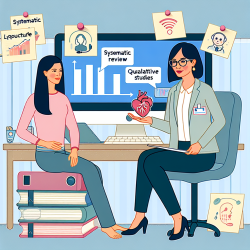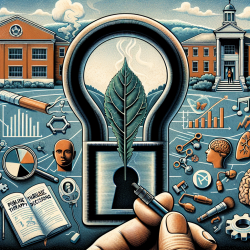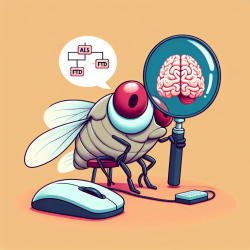Introduction
In the ever-evolving landscape of threats, bioterrorism has emerged as a significant concern. The research article "Bioterrorism" delves into the complexities of this issue, exploring the narratives and scenarios that have shaped public perception and policy. For practitioners, particularly those in fields like speech-language pathology, understanding these narratives can be pivotal in enhancing skills and improving outcomes for children.
Understanding Bioterrorism Through Fiction
The research highlights how bioterrorism is often intertwined with nuclear threats in public discourse. Fictional narratives, such as those by Richard Preston and Robin Cook, play a crucial role in shaping public awareness and policy. These stories, while fictional, offer valuable insights into the potential realities of bioterrorism and the importance of preparedness.
Key Takeaways for Practitioners
- Awareness and Education: Understanding the narratives surrounding bioterrorism can enhance a practitioner's ability to educate and inform others, particularly in educational settings.
- Preparedness: Fictional scenarios often highlight gaps in preparedness. Practitioners can advocate for better preparedness measures in their communities and institutions.
- Interdisciplinary Collaboration: The complex nature of bioterrorism underscores the need for collaboration across disciplines. Practitioners can play a role in fostering such collaborations.
Encouraging Further Research
While the research provides a comprehensive overview of bioterrorism narratives, it also opens the door for further exploration. Practitioners are encouraged to delve deeper into this topic, examining how these narratives influence public perception and policy. By doing so, they can better prepare themselves and their communities for potential threats.
Conclusion
Bioterrorism, while a daunting subject, offers valuable lessons for practitioners. By understanding the narratives and scenarios presented in the research, practitioners can enhance their skills and contribute to better outcomes for children and communities. For those interested in exploring this topic further, the original research paper offers a wealth of information and can be accessed here.










